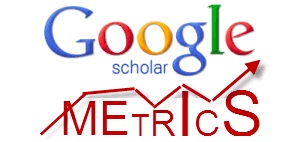DYSPHEMISMS IN ENGLISH AS EXPRESSIVE SPEECH ACTS
Abstract
This article delves into the linguistic phenomenon of dysphemisms in the English language, highlighting their role as expressive speech acts. Dysphemisms, as opposed to euphemisms, are expressions used to convey negative or harsh connotations, often intended to offend or shock. By exploring their theoretical underpinnings, practical applications, and cultural significance, this article sheds light on their place within contemporary English usage. Various linguistic studies and examples are referenced to illustrate the concepts and provide a comprehensive understanding of dysphemisms.
References
Searle, J. R. (1969). Speech Acts: An Essay in the Philosophy of Language. Cambridge University Press.
Leech, G. (1983). Principles of Pragmatics. Longman.
Allan, K., & Burridge, K. (1991). Euphemism and Dysphemism: Language Used as Shield and Weapon. Oxford University Press.
Jay, T. (1992). Cursing in America: A Psycholinguistic Study of Dirty Language in the Courts, in the Movies, in the Schoolyards, and on the Streets. John Benjamins Publishing Company.
Pinker, S. (2007). The Stuff of Thought: Language as a Window into Human Nature. Viking.
S. Khaydarova, Y. Khujamova (2024). The Vital Role of Libraries in Enriching Tourism Experiences. IJISS Vol.14 No.2 AprilJune 2024.
Y. Xodjamova (2024). Different and similar aspects of disphemism in English and Uzbek. Foreign Linguistics and Linguodidactics. Special Issue – 1 (2024) / ISSN 2181-3701
Copyright (c) 2025 News of the NUUz

This work is licensed under a Creative Commons Attribution-NonCommercial-ShareAlike 4.0 International License.


.jpg)

1.png)







